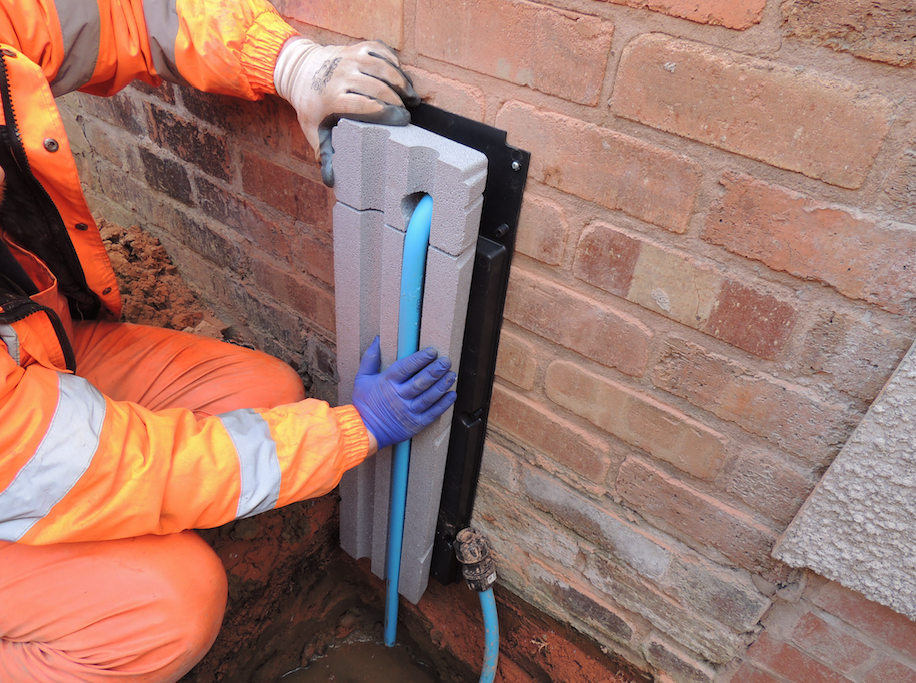Having been involved for many years in Fire rated products, gaining invaluable knowledge and insight into the Composite fire door industry Astraseal could see the requirement for a comprehensive fire door package. A start to finish solution backed up by extensive testing to the most onerous standards and certified by industry leading experts.
The package needed to provide a solution from enquiry through survey, design, manufacture, and installation and go on to include an opportunity for a maintenance contract. All stages of the process would need to be subject to testing, training programmes and certification to give clients the assurance that every door was backed up with unequivocal evidence proving its performance.
The package also needed to provide this one stop solution at a price that could not only compete within the composite fire door market but also offer clients huge savings over fire doors of other materials, and all of this needed to be available with shorter lead times than the market standards.
The ultimate fire safety door, fully third party accredited, at industry leading prices, available as a fast turnaround solution. A challenge indeed but one that Astraseal knew it could take on, resulting in higher fire safety door standards for the future.




















